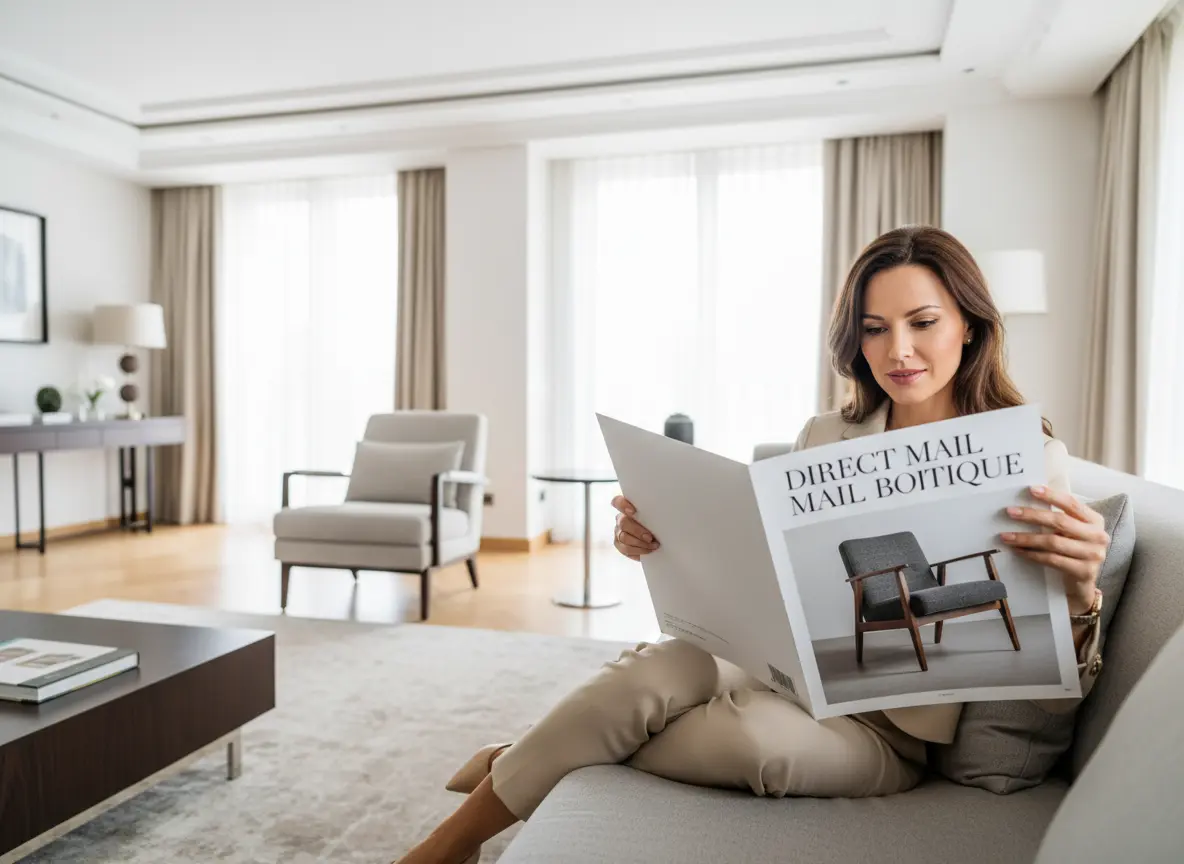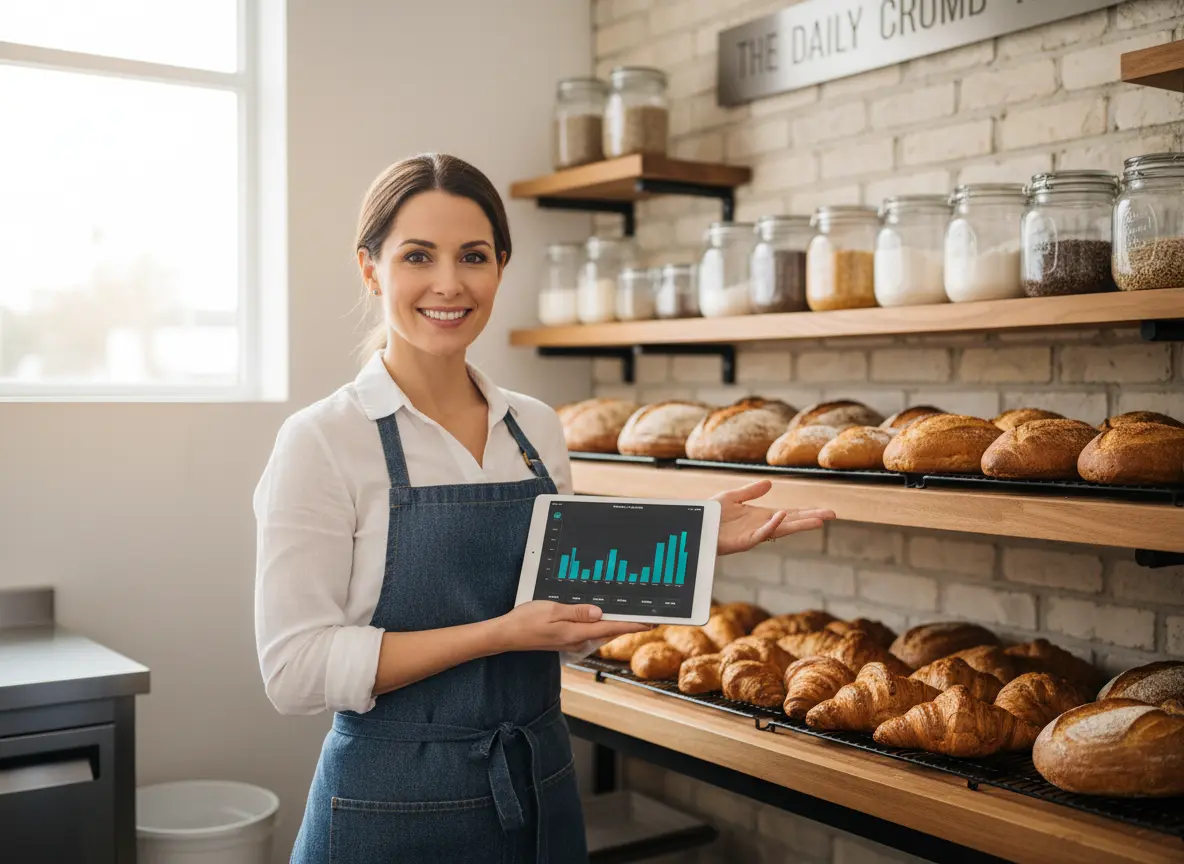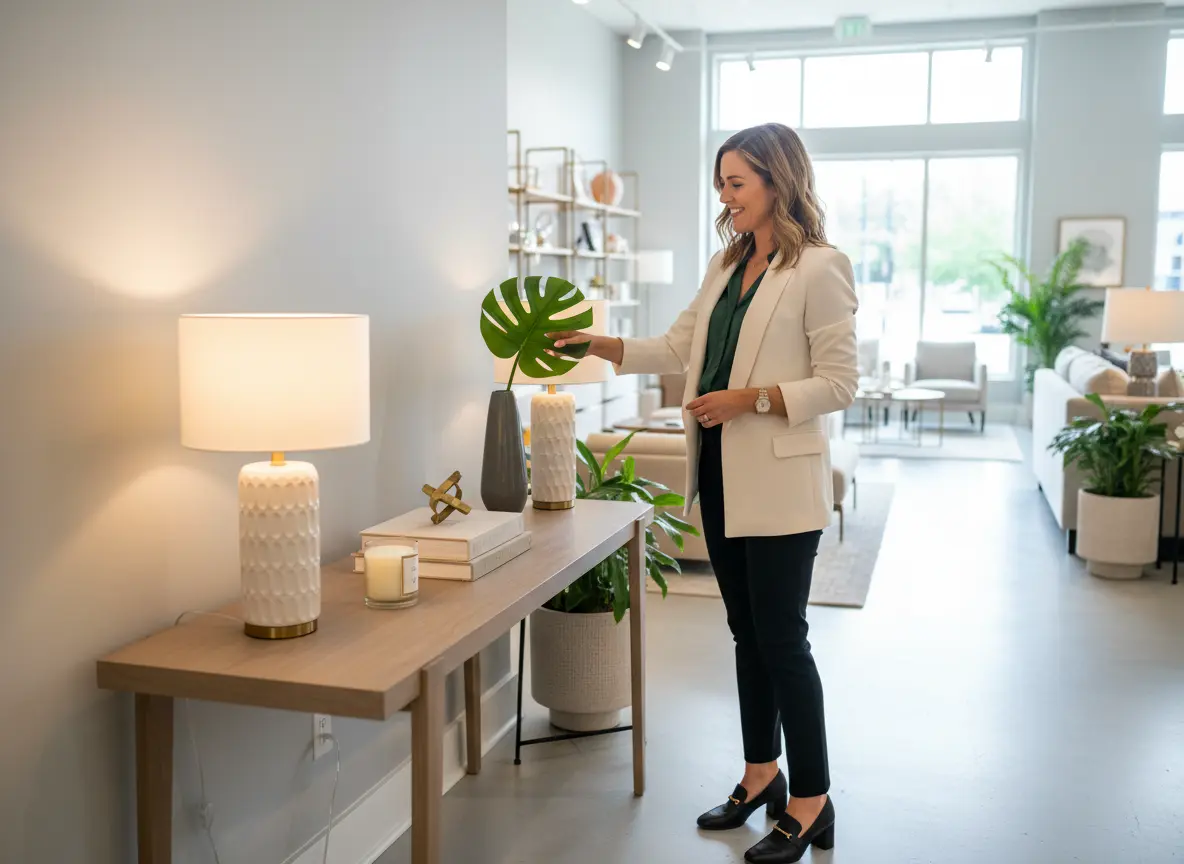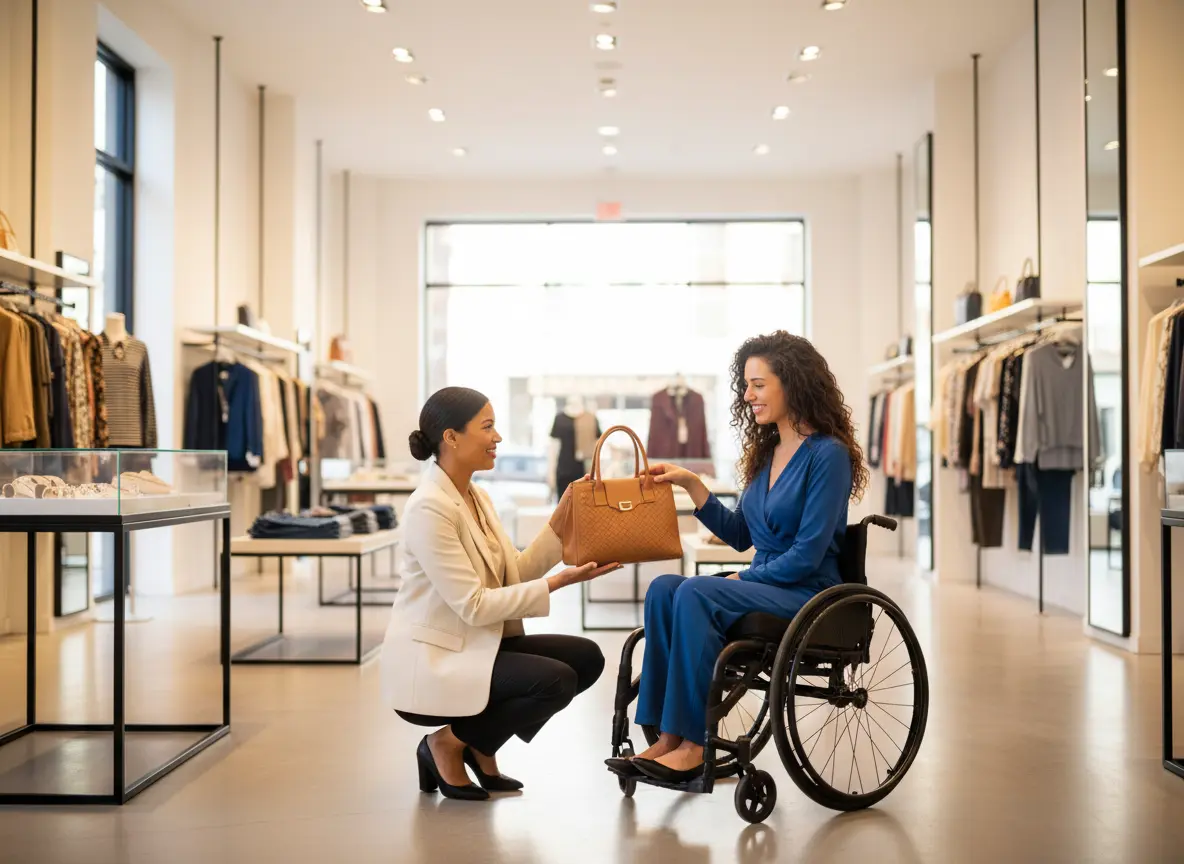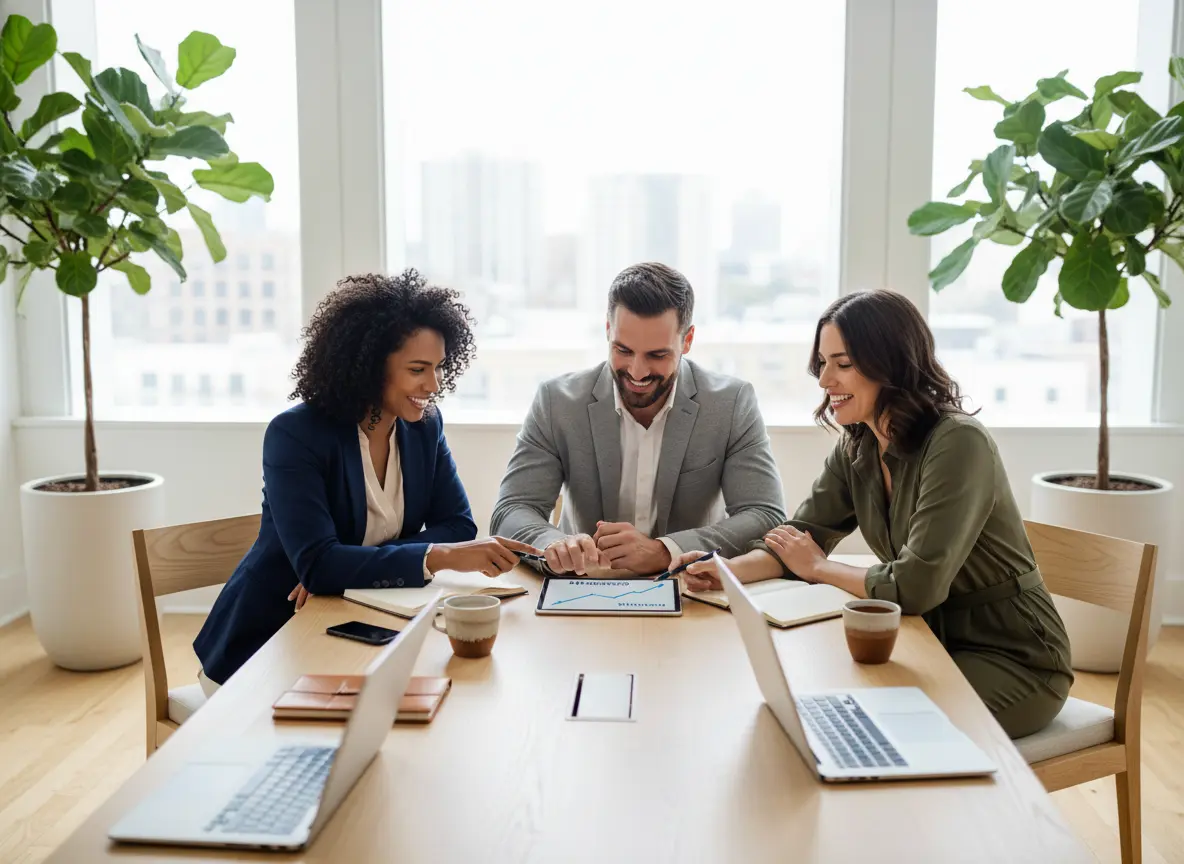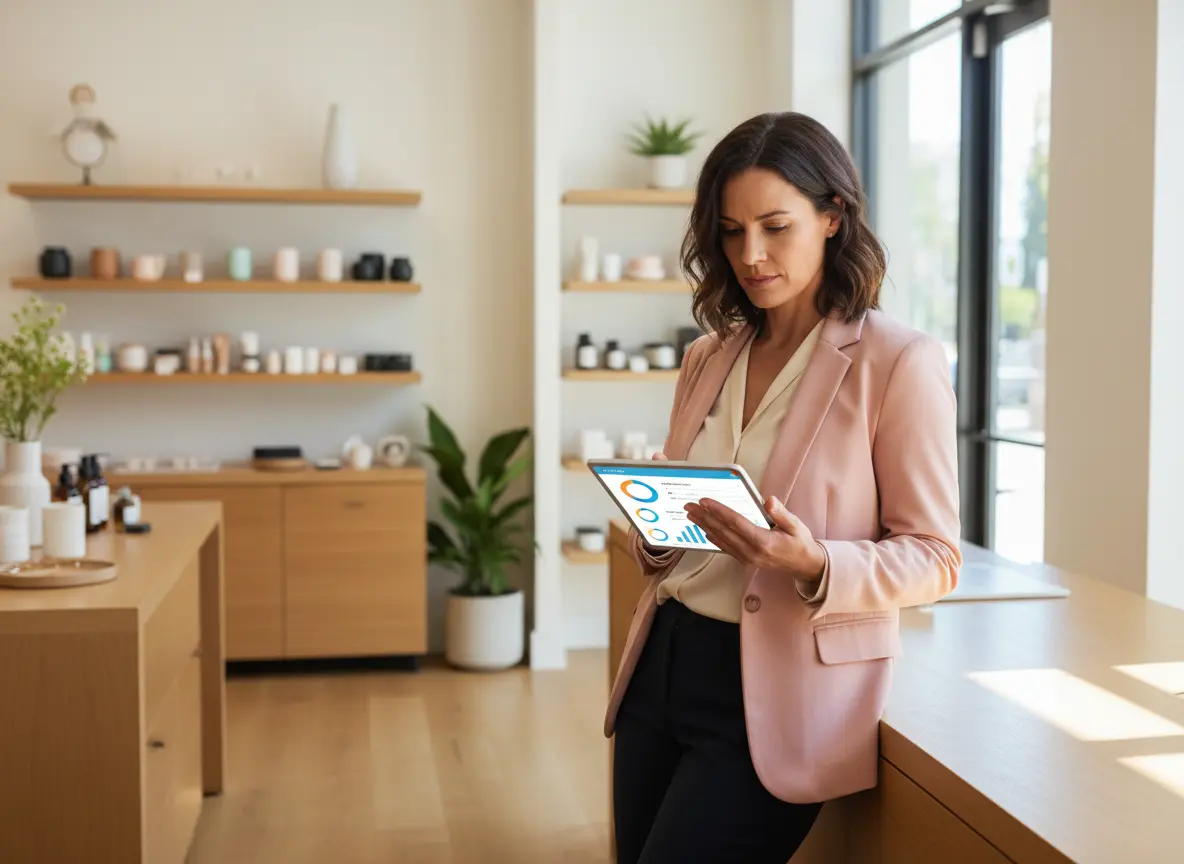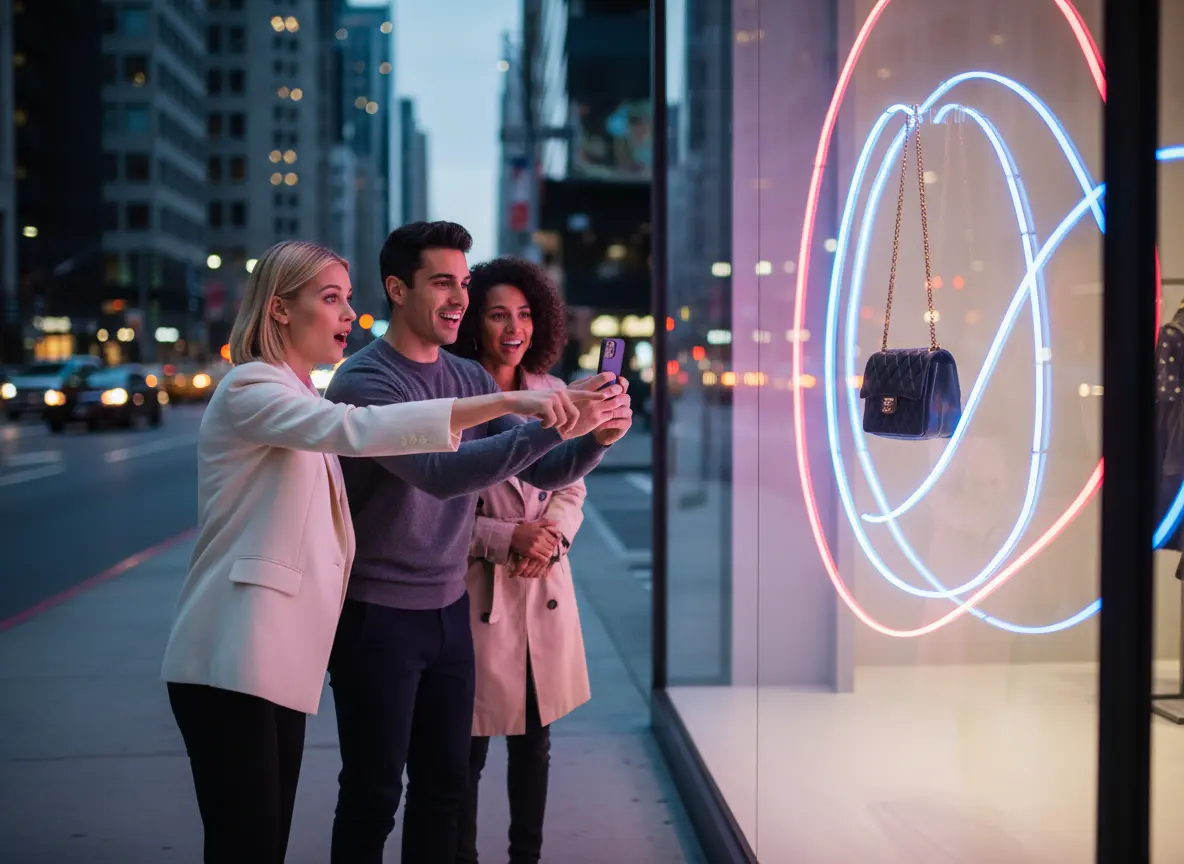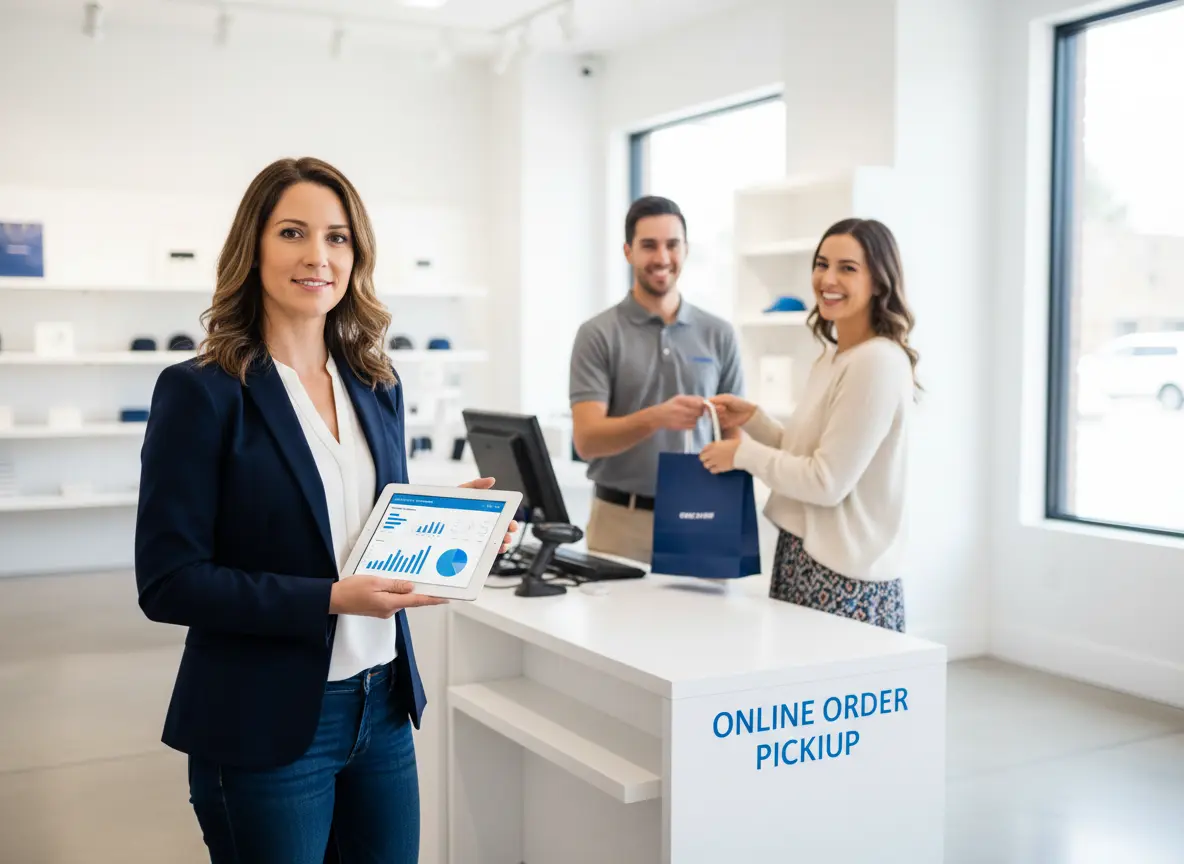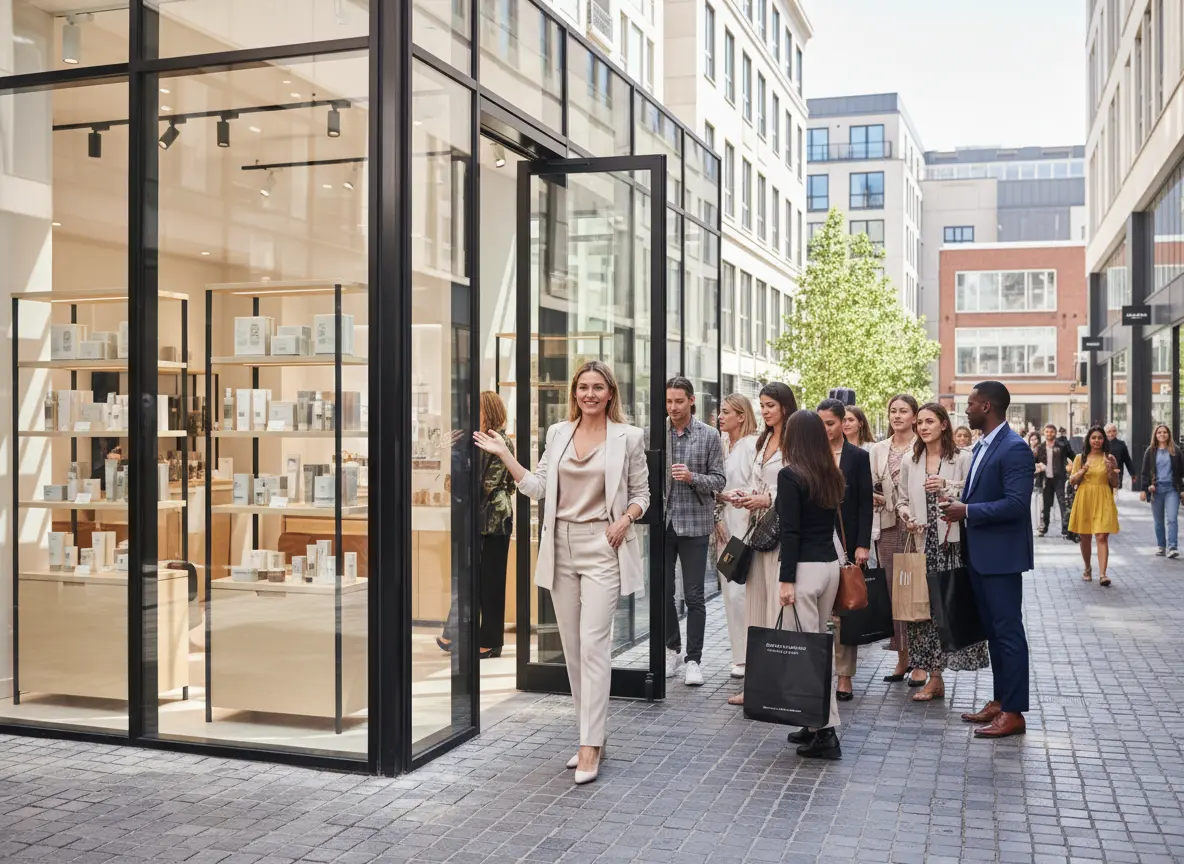Let’s Talk About Your Store’s Central Nervous System
You’re a boutique owner. That means you’re simultaneously a curator, a stylist, a therapist, a social media manager, and, occasionally, a human being who needs to eat lunch. The last thing you have time for is a point-of-sale (POS) system that seems to have been designed by someone who’s never actually worked a retail floor. You know the one: it crashes during your Saturday rush, its inventory count is more of a suggestion than a fact, and its user interface looks like a spreadsheet from 1998 had a baby with a dial-up modem.
Choosing a POS system can feel like a herculean task. It’s the digital heart of your business, pumping lifeblood (i.e., money and data) through every vein of your operation. Get it right, and it’s a silent, efficient partner. Get it wrong, and it’s a daily, soul-crushing source of frustration. So, let’s cut through the marketing fluff and technical jargon. Here’s a no-nonsense look at the best POS systems for small boutiques in 2024, designed to help you find a partner that won’t make you want to throw a cash drawer out the window.
The Contenders: A No-Nonsense POS Showdown
Welcome to the thunderdome of checkout technology. We’ve pitted the top players against each other to see who truly deserves a spot on your counter. These aren't just cash registers; they're command centers for your empire, however small and chic it may be.
Shopify POS: The E-commerce King’s Court
If your boutique has an online store, or you dream of having one that doesn't look like a Geocities page, Shopify POS is probably already on your radar. Its biggest strength is its seamless, almost magical, integration between your brick-and-mortar and your e-commerce site. Sell a dress in-store, and the online inventory updates instantly. No more awkward emails to an online customer explaining that the last one was just sold to a tourist from Ohio.
- The Good: Unbeatable for omnichannel retail. The inventory management is robust, handling variants like size and color with ease. Plus, the ecosystem of apps allows for endless customization.
- The Not-So-Good: It can get pricey. The basic plan is fine, but the really juicy features are locked behind more expensive tiers. And while they really want you to use Shopify Payments, using another payment processor comes with extra fees.
- Best For: The ambitious boutique owner with a thriving (or soon-to-be-thriving) online presence. If the phrase "unified commerce" makes your heart flutter, this is your match.
Square POS: The “It Just Works” Powerhouse
Square is the friend you call when you need to move a couch. It’s reliable, straightforward, and doesn’t ask for much in return. For years, it has been the go-to for new businesses, food trucks, and pop-up shops, and for good reason. The setup is ridiculously easy—you can be up and running in an afternoon. The free version of their POS software is surprisingly powerful, handling sales, inventory, and customer data without charging a monthly fee.
- The Good: Transparent, flat-rate pricing. No surprise fees. The hardware is sleek, modern, and user-friendly. It's the definition of plug-and-play.
- The Not-So-Good: That simple flat-rate fee can start to feel less simple if you have high sales volume; a percentage-based fee adds up quickly. And if you run into a complex issue, reaching a human for customer support can sometimes feel like a quest from an Indiana Jones movie.
- Best For: New boutiques, shops with a simple inventory, or owners who prioritize ease of use and predictable costs over a mountain of features they’ll never touch.
Lightspeed Retail: The Inventory Guru
If your boutique’s inventory is your pride and joy—a sprawling, beautifully complex collection of SKUs, suppliers, and seasonal collections—then Lightspeed Retail wants to be your best friend. This system was built from the ground up with serious inventory management in mind. We’re talking built-in purchase ordering, detailed supplier catalogs, and some of the most granular reporting you can find.
- The Good: Unmatched inventory control. It’s a data-lover’s dream, providing deep insights into sales trends, profit margins, and employee performance. Excellent for stores with multiple locations.
- The Not-So-Good: With great power comes a great learning curve. It’s not as intuitive as Square, and it carries a higher price tag. For a tiny shop with 50 products, it’s likely overkill.
- Best For: Established boutiques with a large or complex inventory. If you find yourself geeking out over cost-of-goods-sold reports and dream of a perfectly optimized stockroom, welcome home.
Beyond the Beep: Your POS and Your People
A great POS system is a game-changer for efficiency at the checkout counter. But what about the other 95% of the customer's journey? A smooth transaction is expected, but a memorable in-store experience is what creates a loyal customer. The biggest challenge is that your most valuable asset—your talented staff—is often tied up with repetitive, low-impact tasks that prevent them from doing what they do best: connecting with shoppers.
Freeing Up Your Team for What Matters
Your new POS will streamline payments and track inventory, but it won’t greet the customer who just walked in while you’re helping someone in the dressing room. It won’t answer the question "Are these jeans on sale?" for the tenth time today, and it certainly won't upsell your new line of accessories. This is where you can be clever and use technology to enhance the human touch, not replace it. While your POS is the brain, think of other tools as your charismatic front-of-house. For instance, an in-store AI assistant like Stella can be the perfect host. She stands near the entrance, ensuring every single person who walks through your door gets a warm, immediate greeting. She can highlight your weekend promotion, answer questions about store hours, and even recommend a matching scarf for that dress a customer is admiring. This frees your human staff from a constant state of interruption, allowing them to provide deep, meaningful styling advice and build the kind of relationships that a checkout screen never could.
Features You'll Actually Use (And Some You Can Ignore)
Every POS provider will hit you with a tidal wave of features. It’s easy to get distracted by shiny objects. Here’s a breakdown of what truly matters for a small boutique and what’s probably just noise.
Inventory Management: Your New Best Friend
This is non-negotiable. At a minimum, you need a system that can track stock levels in real-time and send you low-stock alerts. For a boutique, variant tracking is critical. You need to be able to manage a single dress style that comes in five sizes and three colors without creating 15 separate products. A good system saves you from the dreaded, "I'm so sorry, I thought we had that in a medium..." conversation. Look for features like easy product import and the ability to create purchase orders directly within the system.
Customer Relationship Management (CRM): Know Your VIPs
You’re not a big-box store; your advantage is your personal touch. A built-in CRM is the key to scaling that touch. It allows you to create customer profiles at checkout, track their purchase history, and see who your most loyal shoppers are. Why does this matter? Because it lets you turn data into delight. Imagine being able to see that a customer, Jane, has bought three floral dresses in the past year. The next time a new floral collection arrives, you can send her a personalized email. That’s how you build a community, not just a customer list. It's the digital version of remembering someone's name and favorite style.
Reporting & Analytics: Your Business Crystal Ball
Running a business on gut feelings alone is a recipe for sleepless nights. Your POS should be your source of truth. Don't be intimidated by the word "analytics"—you don't need an MBA to use it. A good POS will present data in a simple, visual way. You should be able to see, at a glance:
- What are your best-selling and worst-selling products? (So you know what to reorder and what to put on clearance.)
- When are your busiest days and hours? (So you can schedule staff accordingly.)
- Who are your top-performing employees? (So you know who to praise and who might need more training.)
This data is your crystal ball. It helps you make smarter decisions, reduce waste, and ultimately, increase your profits.
A Quick Reminder About Stella
While your new POS is busy crunching numbers and making checkout a breeze, don’t forget about the crucial first impression. An AI retail assistant like Stella ensures every shopper is engaged from the moment they enter, freeing up your team to create those "wow" moments that build loyalty. She’s the ultimate sales associate who never calls in sick.
The Final Transaction: Making Your Choice
So, which POS system is the absolute best? The deeply unsatisfying but honest answer is: it depends. The best system is the one that aligns with your specific needs, your budget, and your vision for the future.
Don't just read reviews—get your hands dirty. Your next steps are simple:
- Define Your Needs: Make a list of your top three "must-have" features and your "nice-to-have" features. Be honest about what you'll actually use.
- Take a Test Drive: Nearly all of these systems offer a free trial. Use it! Add a few products, run some test transactions, pull a sales report. See how it feels. Does it make sense, or does it feel like you need an engineering degree to find the refund button?
- Think About Tomorrow: The system that's perfect for you today might feel cramped in two years. Choose a partner that can grow with you, whether that means adding an e-commerce channel, a second location, or more complex marketing tools.
Choosing your POS is a big decision, but it doesn't have to be a painful one. By focusing on your unique needs and doing a little homework, you can find a system that acts as a true partner in your business. Now go forth and conquer the world of retail, one seamless, perfectly-tracked transaction at a time.




